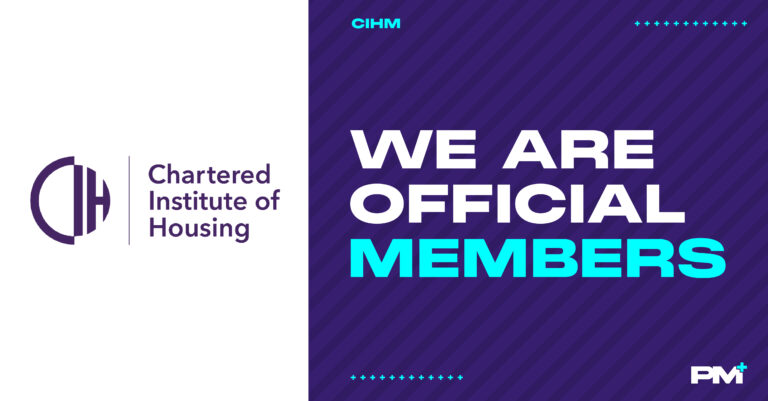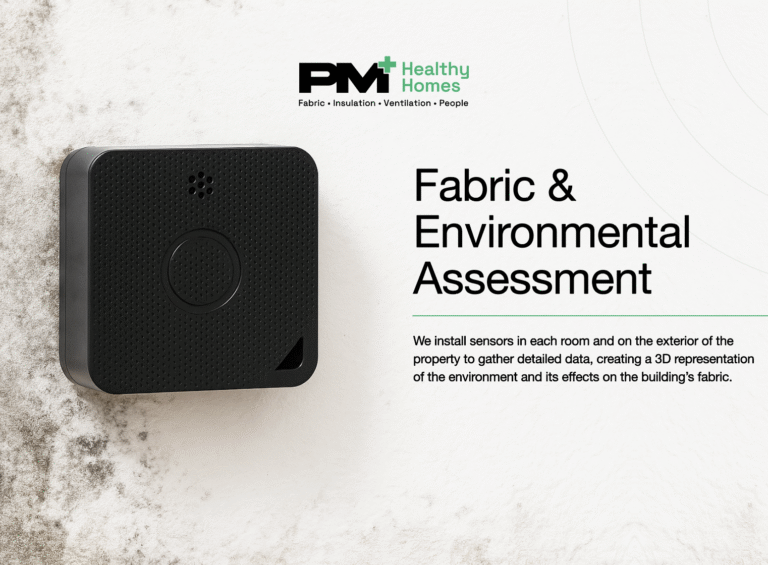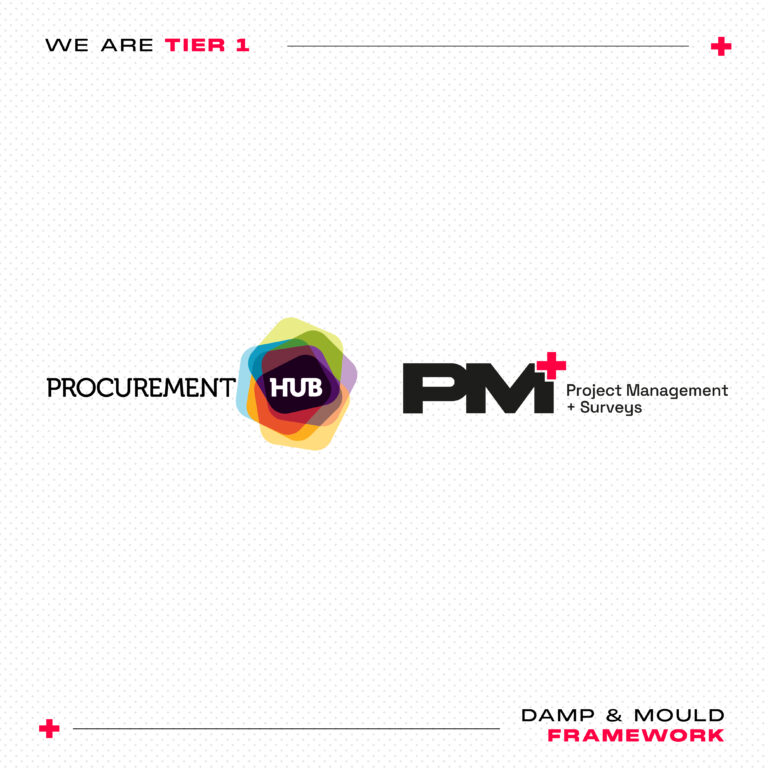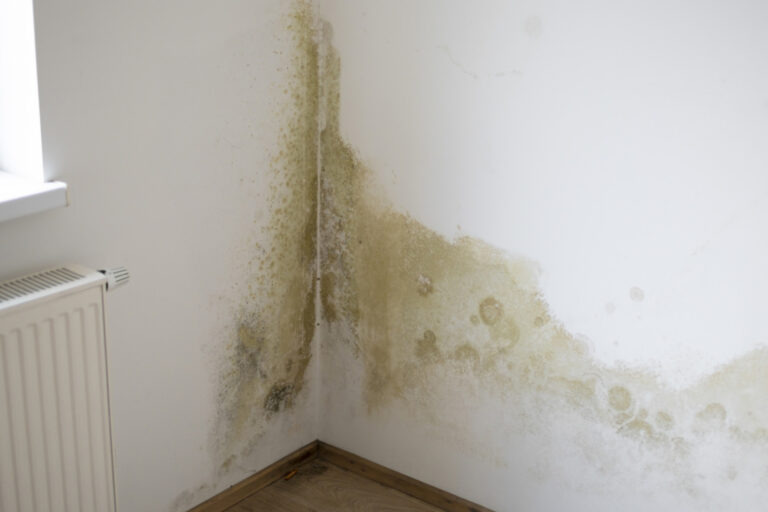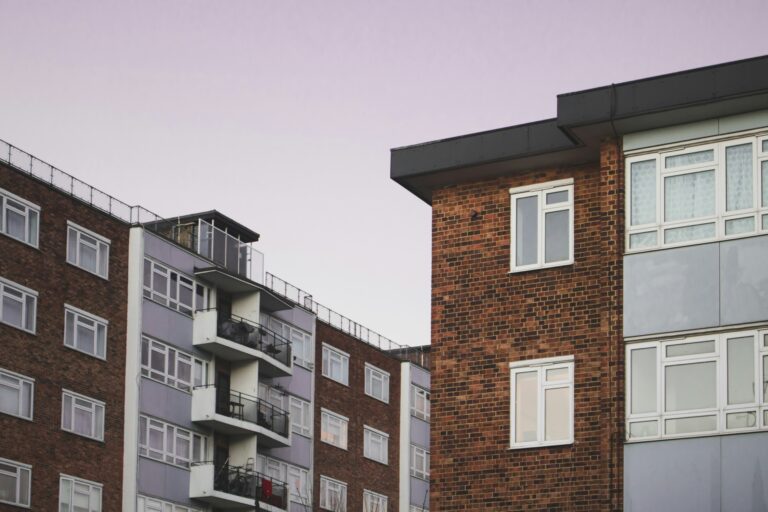On 27 October 2025, a landmark shift in housing law will come into force in England. Known as Awaab’s Law, this new legislation is designed to ensure that tenants in social housing are protected from the kind of prolonged, life-threatening conditions that led to the tragic death of two-year-old Awaab Ishak in 2020.

His death, caused by long-term exposure to mould in a Rochdale flat, prompted national outrage and exposed deep flaws in how social landlords respond to dangerous housing conditions. In response, the Government promised reform. Awaab’s Law is that promise in action and it sets a new legal precedent for landlord responsibility.
From Tragedy to Law: Why Awaab’s Law Matters
For years, complaints about mould, damp, cold, and other hazards have gone unheard. Awaab’s case, while extreme, wasn’t isolated but it was a turning point. His story became symbolic of systemic neglect, and it catalysed public, political and legal momentum for change.
Awaab’s Law will compel social landlords to act quickly and transparently when serious health hazards are reported. And not just morally legally.
This isn’t simply guidance. It’s regulation.
What the Law Will Require and When
Coming into force on 27 October 2025, Awaab’s Law will impose strict new timeframes on all social landlords in England, including councils and housing associations.
These are not best practices. These are mandatory legal duties:
- Emergency hazards (e.g. electrical faults, structural collapse) must be investigated and resolved within 24 hours.
- Significant hazards particularly damp and mould must be investigated within 10 working days.
- Tenants must receive a written summary of the findings within 3 working days of inspection.
- Any necessary works must begin within 5 working days of that report.
- If the issue is more complex, works must still commence within 12 weeks.
- Where repairs can’t happen in time, alternative accommodation must be offered and at no cost to the tenant.
The clock starts the moment the landlord is aware of the hazard. These are tight deadlines, and they will require a fundamental rethinking of how issues are logged, prioritised and resolved.
The Legal Backdrop: From Guidance to Enforcement
The legislation officially titled The Hazards in Social Housing (Prescribed Requirements) (England) Regulations 2025 forms part of a wider drive to reform housing safety standards. It sits alongside the Housing Ombudsman’s increased powers and the expansion of the Housing Health and Safety Rating System (HHSRS), which itself is under review.
The law empowers tenants. If a landlord fails to act, tenants can escalate to the Ombudsman, the Regulator of Social Housing, or even pursue legal action.
But it also provides a legal defence for landlords who can show that delays were genuinely outside their control. That includes:
- Tenants refusing access (despite reasonable effort),
- Delays in planning or building control approval,
- National shortages of materials or contractors,
- A lack of suitable alternative housing despite attempts to find it.
Record-keeping will be vital. If it’s not documented, it didn’t happen.
A Phased Approach With Broader Reforms to Follow
Awaab’s Law is being introduced in three phases, giving landlords time to adapt:
- Phase 1 (October 2025) focuses on emergency hazards and damp/mould areas with the greatest immediate health risk.
- Phase 2 (2026) will expand the scope to cover hazards like fire safety, dangerous temperatures, and hygiene risks.
- Phase 3 (2027) will cover the remaining HHSRS categories (excluding overcrowding).
This “test and learn” approach allows both the Government and landlords to understand the practical challenges of implementation before scaling up further.
What Should Social Landlords Be Doing Now?
The deadline is fast approaching. For many housing providers, compliance will require significant operational change — not just in how cases are handled, but in how teams are trained, systems are structured, and tenants are communicated with.
This is not about crisis response. It’s about building a culture of urgency and accountability.
Landlords should already be:
- Auditing their current procedures against the new requirements,
- Establishing rapid-response teams for emergency and damp/mould cases,
- Developing template letters and summary reports for tenant communication,
- Strengthening relationships with trusted contractors to reduce delays,
- Reviewing their capacity to offer suitable temporary accommodation.
Because come October, failure to meet these timelines will no longer be excusable.
Will the Private Rented Sector Be Next?
While Awaab’s Law currently applies only to social housing, many campaigners argue that the private rented sector must not be left behind. The Government has hinted at plans to review protections for private tenants, particularly under the wider Decent Homes Standard review but for now, social landlords carry the legal weight.
Final Thoughts: More Than Just Compliance
Awaab’s Law is not just a new set of rules. It’s an opportunity and a responsibility. It signals the beginning of an era in which tenant health, safety and dignity are not negotiable.
For landlords, compliance should not be a checkbox exercise. It should be a commitment to never allowing what happened to Awaab to happen again.


